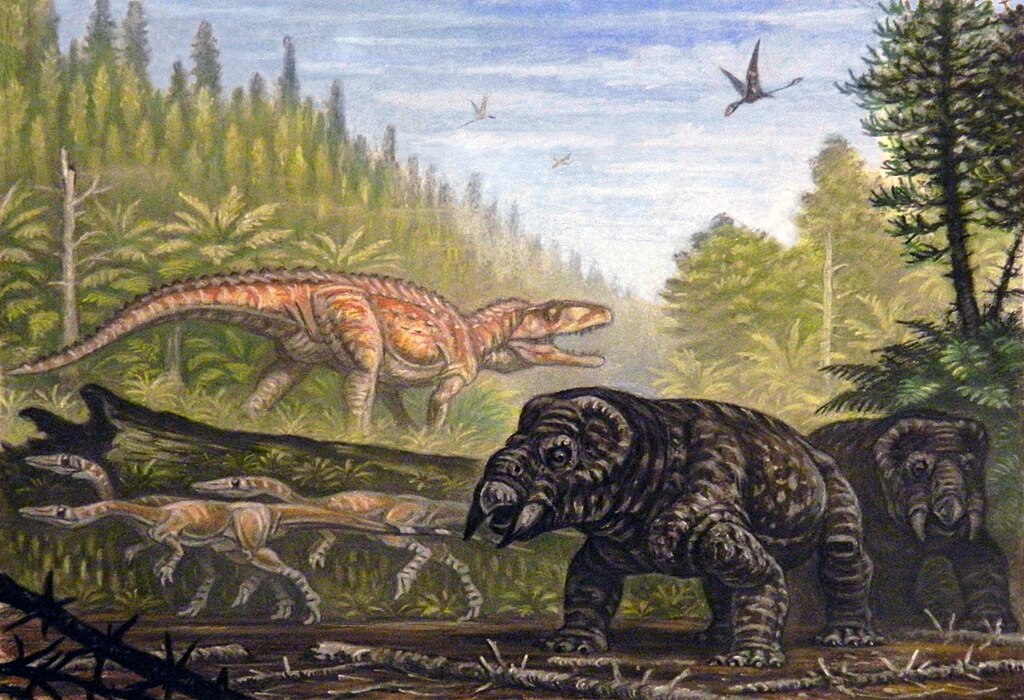Dinosaur art represents a fascinating intersection of scientific knowledge and creative interpretation. Artists who bring extinct creatures to life must balance paleontological evidence with the inevitable gaps that imagination must fill. This delicate dance between science and artistic license has evolved dramatically over the centuries, reflecting both our advancing understanding of dinosaurs and our cultural perceptions of these magnificent creatures. The resulting artwork doesn’t just satisfy scientific curiosity—it shapes how the public perceives these animals and their ancient world. From museum displays to movie screens, dinosaur art influences our collective understanding of prehistory, making the responsibility of accuracy particularly significant while still allowing room for creative expression within scientific boundaries.
The Historical Evolution of Dinosaur Depictions

Early dinosaur art from the Victorian era portrayed these creatures as lumbering, reptilian monsters, reflecting the limited fossil evidence and contemporary understanding of biology. The first life-sized dinosaur sculptures, created for the Crystal Palace exhibition in London in 1854 by Benjamin Waterhouse Hawkins under the guidance of Richard Owen, depicted iguanodons and megalosaurs as quadrupedal, scaly beasts resembling modern reptiles. These representations, while groundbreaking for their time, incorporated significant speculation based on comparisons with living reptiles. As fossil discoveries accumulated throughout the 19th and early 20th centuries, artists gradually refined their depictions, though dinosaurs remained portrayed as slow, cold-blooded creatures dragging their tails behind them. This historical progression of dinosaur art provides a visual chronicle of not just artistic trends but the evolution of scientific understanding itself.
The Dinosaur Renaissance: Transforming Artistic Representation

The 1960s and 1970s witnessed a revolutionary shift in dinosaur depictions, commonly known as the “Dinosaur Renaissance,” spearheaded by paleontologist John Ostrom and artist-scientist Robert Bakker. Their work challenged the prevailing view of dinosaurs as sluggish reptiles, instead presenting evidence that many were active, possibly warm-blooded animals with complex behaviors. This scientific revolution dramatically transformed dinosaur art, with creatures now portrayed in dynamic poses, holding their tails aloft, and sometimes displaying complex social behaviors. The influential paleoartist Gregory S. Paul further developed this new vision, creating detailed skeletal reconstructions and life restorations that emphasized the bird-like qualities of many dinosaurs. These artistic interpretations weren’t merely aesthetic choices but visual arguments for new scientific hypotheses, demonstrating how art can both reflect and sometimes even drive scientific discourse about extinct animals.
Forensic Paleontology: The Scientific Foundation
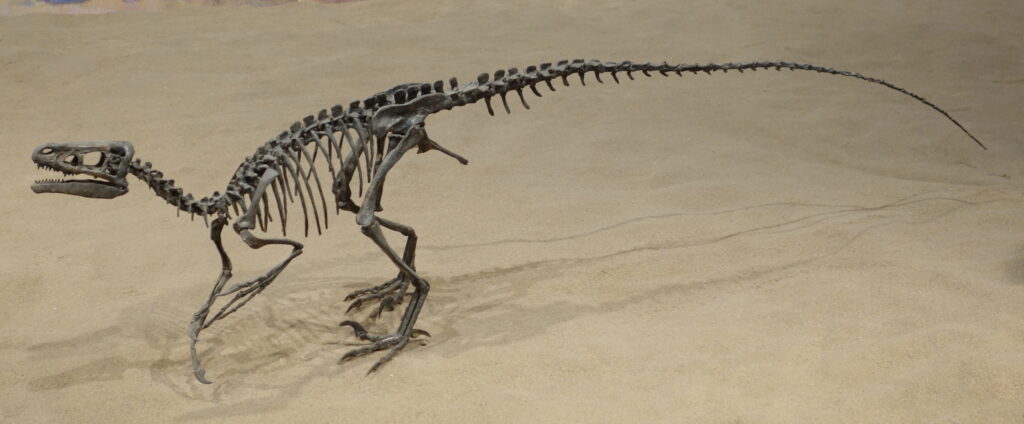
Modern dinosaur artists work as visual forensic scientists, building reconstructions from fragmentary evidence using principles from comparative anatomy, taphonomy, and evolutionary biology. This process begins with the skeleton, where artists must understand bone articulation, muscle attachment points, and range of motion to create anatomically plausible reconstructions. Even with complete skeletons (which are exceedingly rare), artists must make educated guesses about soft tissues, including muscle mass and distribution. Trace fossils like footprints, nesting sites, and feeding traces provide additional behavioral context that informs artistic choices. The principle of phylogenetic bracketing—looking at the closest living relatives on either side of the evolutionary tree—helps artists determine features not preserved in fossils, such as integumentary structures and coloration patterns. This methodical, evidence-based approach forms the scientific foundation upon which artistic interpretation can responsibly build.
The Discovery of Feathered Dinosaurs: Rewriting the Canvas
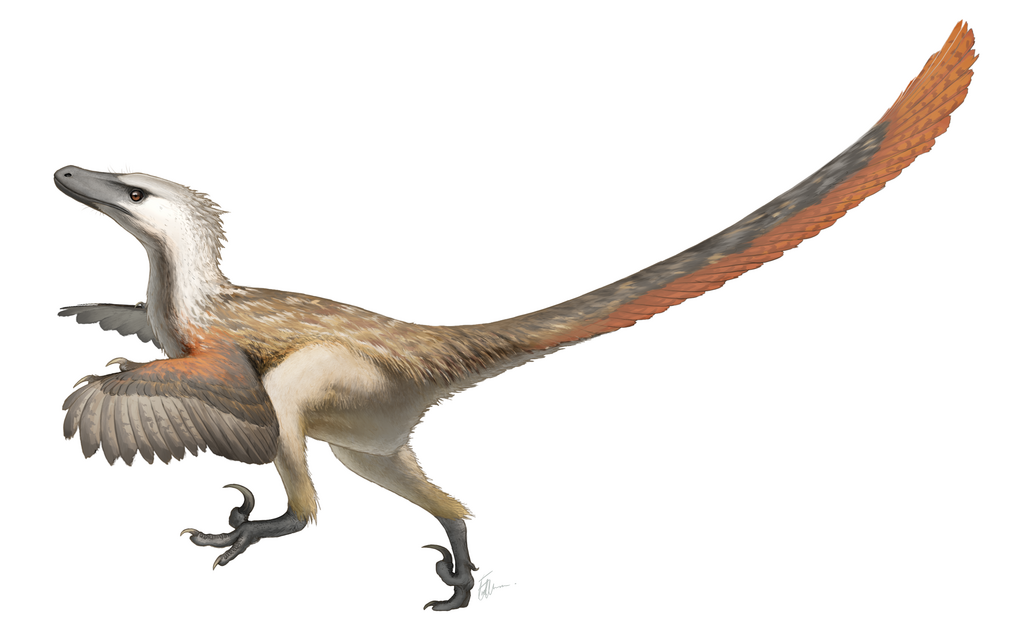
The discovery of feathered dinosaur fossils from China’s Liaoning Province in the 1990s revolutionized dinosaur art, requiring artists to fundamentally rethink how these creatures appeared. These exquisitely preserved specimens revealed that many theropod dinosaurs, including dromaeosaurids like Velociraptor, possessed feather-like structures ranging from simple filaments to complex pennaceous feathers. This evidence cemented the evolutionary connection between dinosaurs and birds while dramatically changing their visual identity in artistic representations. Artists now faced new questions about feather distribution, coloration, and display behaviors that had never been considered in earlier reconstructions. The implications extended beyond just appearance—feathered dinosaurs suggested different thermoregulatory strategies, possible display behaviors, and even locomotion styles that artists needed to incorporate. This scientific revelation perfectly illustrates how new evidence can radically transform artistic depictions, showing that dinosaur art must remain adaptable to evolving scientific understanding.
Coloring the Past: Scientific Approaches to Palette Selection

Determining the coloration of dinosaurs presents one of the greatest challenges for paleoartists, requiring a delicate balance between scientific inference and artistic license. Until recently, color choices were based entirely on ecological reasoning and comparisons with modern animals, leading to conservative “muddy” palettes or speculative camouflage patterns. A scientific breakthrough came in 2010 when researchers identified melanosomes—cellular structures containing pigment—in fossilized feathers, allowing the first evidence-based reconstruction of dinosaur coloration in species like Microraptor and Sinosauropteryx. These studies revealed that some dinosaurs possessed iridescent black feathers, rusty-red stripes, and counter-shading camouflage patterns. However, melanosomes only preserve certain pigments, and such exceptional preservation is extremely rare, meaning artists must still make informed speculations for most species. Many paleoartists now apply ecological and behavioral principles to color choices, considering habitat, predator-prey relationships, and social signaling when determining appropriate color schemes for their dinosaur reconstructions.
Digital Revolution in Paleoart: New Tools for Visualization
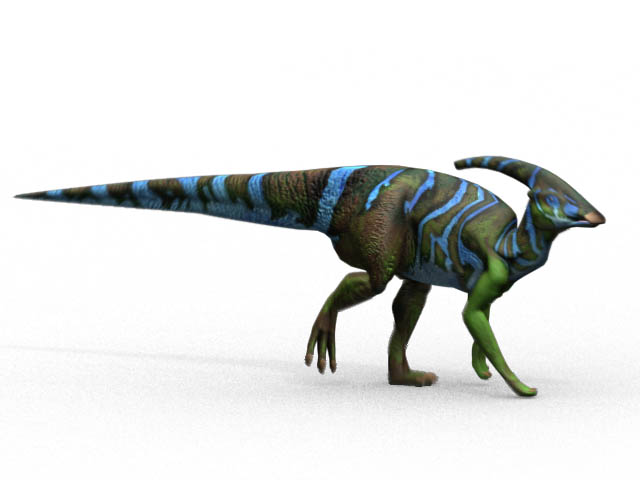
Digital technology has transformed dinosaur art, providing unprecedented tools for creating scientifically informed reconstructions with greater efficiency and flexibility. Modern paleoartists employ 3D modeling software to create anatomically accurate skeletal frameworks based directly on fossil measurements, allowing precise muscle reconstruction and range-of-motion testing that would be impossible with traditional media. Digital painting programs enable artists to experiment with different skin textures, color patterns, and lighting conditions without starting over, facilitating more thorough exploration of possible appearances. The film industry has particularly embraced these technologies, with movies like “Jurassic World” utilizing complex digital models that can be animated realistically, though often prioritizing drama over strict scientific accuracy. Scientific institutions have also adopted these tools for museum exhibits, educational materials, and research visualization, creating interactive models that can be updated as new evidence emerges. This digital revolution has democratized paleoart creation while raising standards for anatomical precision, though the fundamental challenge of balancing evidence with creative interpretation remains.
Popular Media and Scientific Accuracy: The Jurassic Park Effect

The “Jurassic Park” franchise has profoundly influenced public perception of dinosaurs, creating both opportunities and challenges for scientific communication about these animals. When first released in 1993, the original film incorporated cutting-edge paleontological knowledge, featuring more active, bird-like dinosaurs than previously depicted in mainstream media. However, subsequent scientific discoveries—particularly regarding feathered theropods—have rendered many of the franchise’s dinosaur designs outdated, with later films consciously choosing familiar designs over updated science for brand consistency. This creates what paleontologists call the “Jurassic Park effect,” where scientifically outdated depictions become so culturally entrenched that they influence public expectations and even scientific illustrations. Other media productions like the BBC’s “Walking with Dinosaurs” series have attempted more scientifically current representations, balancing entertainment value with educational accuracy. The tension between scientific fidelity and artistic license in popular media highlights the significant responsibility that comes with creating influential dinosaur imagery, as these depictions often persist in public consciousness long after science has moved forward.
Behavioral Reconstruction: Bringing Dinosaurs to Life
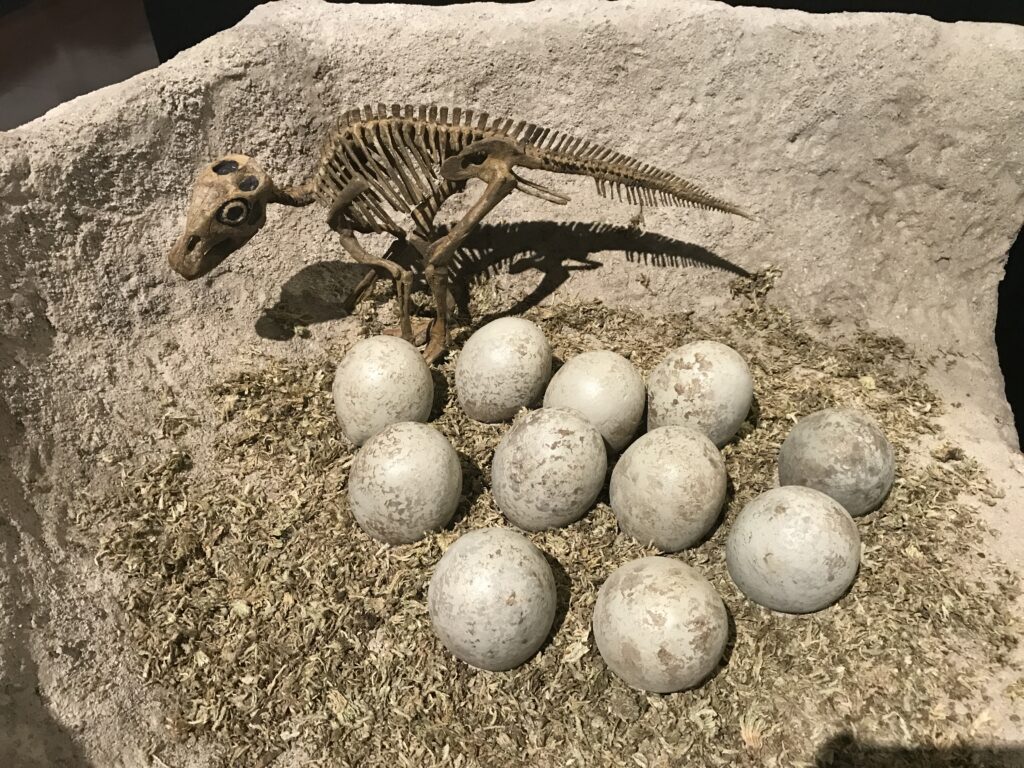
Depicting dinosaur behavior requires artists to make significant interpretative leaps beyond the fossil evidence, creating a space where scientific inference and creative imagination necessarily overlap. While some behaviors leave direct evidence, such as nesting sites, trackways showing group movement, or bite marks indicating predation, most day-to-day activities must be reconstructed through comparison with modern animals and biomechanical modeling. Artists must consider questions like how tyrannosaurs hunted, whether certain species lived in herds, and how display structures like crests and frills were used in social interactions. The principle of extant phylogenetic bracketing helps narrow the possibilities by examining behaviors common to birds and crocodilians, the closest living relatives of dinosaurs. However, dinosaurs undoubtedly had unique behaviors without modern analogues, requiring artists to push beyond strict comparative approaches. Responsible behavioral reconstruction demands that artists clearly distinguish between depictions based on direct evidence, reasonable inference, and more speculative scenarios, creating artwork that engages viewers while maintaining scientific integrity.
The Ethical Dimensions of Paleoart Creation

Paleoartists face ethical considerations that extend beyond mere aesthetic choices, as their work shapes public understanding of prehistoric life and influences scientific discourse. The responsibility ty differentiate between fact, reasonable inference, and artistic speculation lies at the heart of ethical paleoart practice. Artists must consider how their work might reinforce or challenge existing misconceptions about prehistoric life, particularly when creating commercial art for educational institutions or media productions. Cultural sensitivity has also emerged as an important consideration, as traditional approaches to paleoart often reflected colonial and Eurocentric perspectives that emphasized violence and “primitive” behaviors. Many contemporary artists now strive for more nuanced depictions that consider the full range of biological behaviors, including parental care, social cooperation, and complex ecological relationships. The growing recognition that paleoart influences not just how we see dinosaurs but how we conceptualize evolution, extinction, and humanity’s place in natural history has elevated discussions about the ethical responsibilities inherent in bringing extinct worlds to life.
Anatomical Speculation: Filling the Gaps
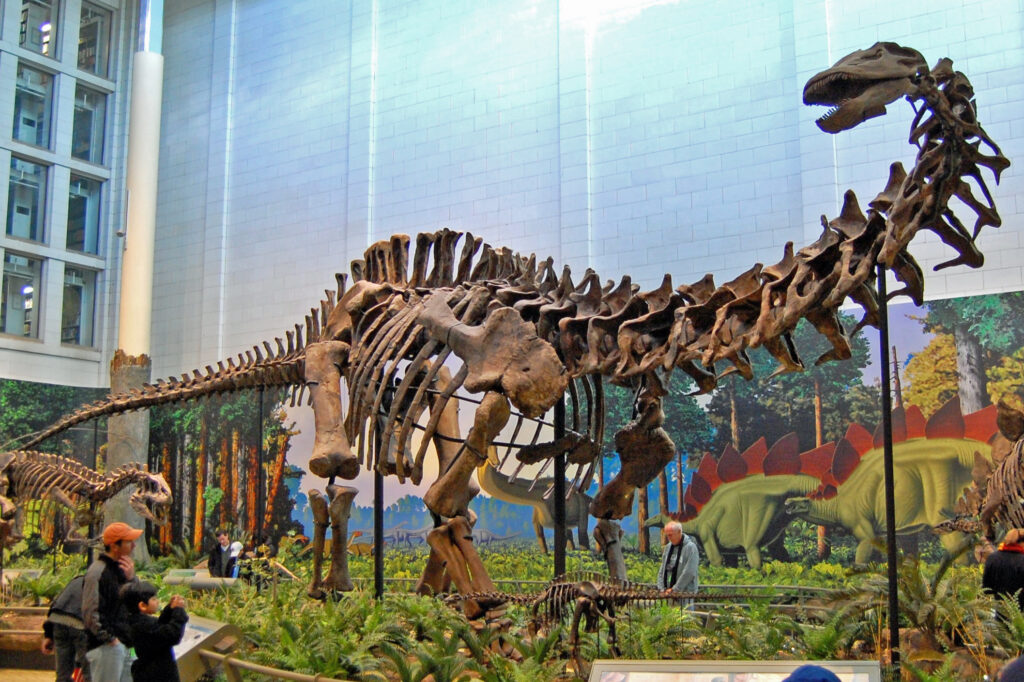
Even with the most complete dinosaur fossils, artists must inevitably engage in anatomical speculation to create fully realized reconstructions, working within the constraints of scientific plausibility while making creative choices. Soft tissues rarely preserve in the fossil record, leaving questions about muscle volume, fat distribution, and external features like wattles, combs, or dewlaps that might have been present in life. The extent of speculation varies significantly across dinosaur groups—ceratopsians like Triceratops have relatively complete skeletons but unknown skin textures, while fragmentary species known from partial remains require much more extensive reconstruction. Responsible speculative anatomy follows established biological principles, considering factors like body mass constraints, thermoregulatory needs, and biomechanical requirements. Many artists create multiple versions of the same species to explore different plausible interpretations, acknowledging the inherent uncertainty in reconstructing animals known only from fossils. This approach recognizes that paleoart represents hypotheses about appearance rather than definitive portraits, with each new fossil discovery potentially necessitating revisions to these visual hypotheses.
Cultural Influences on Dinosaur Depictions
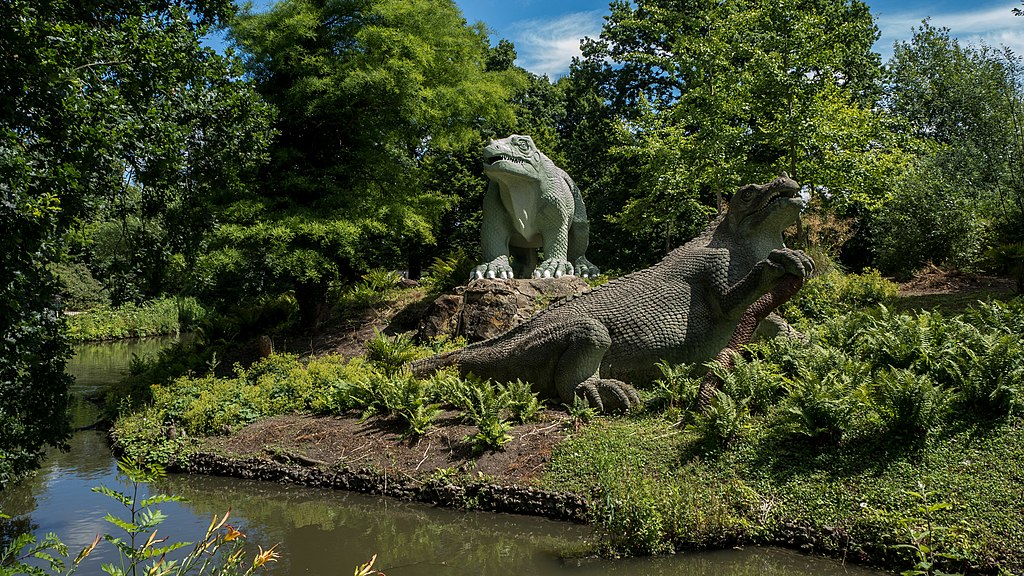
Dinosaur art inevitably reflects the cultural context in which it is created, with artistic trends, societal values, and cultural metaphors shaping how extinct animals are portrayed across different eras and regions. The fearsome, monster-like dinosaurs of the Victorian period reflected contemporary anxieties about natural forces and evolutionary theory that challenged established worldviews. The dynamic, warm-blooded dinosaurs of the 1970s Dinosaur Renaissance coincided with changing environmental attitudes and questioning of established authorities. Modern paleoart shows increasing diversity in artistic approaches, with some artists emphasizing ecological storytelling over individual “portrait” pieces, reflecting contemporary environmental concerns. Regional variations are also apparent, with distinctive traditions emerging in paleoart from Japan, China, Argentina, and other countries with active paleontological research programs. These cultural dimensions don’t necessarily compromise scientific accuracy but rather demonstrate how scientific reconstruction always occurs within specific historical and cultural frameworks. By recognizing these influences, both artists and viewers can better understand the subjective elements that inevitably enter even the most scientifically rigorous dinosaur depictions.
Future Directions: New Technologies and Approaches
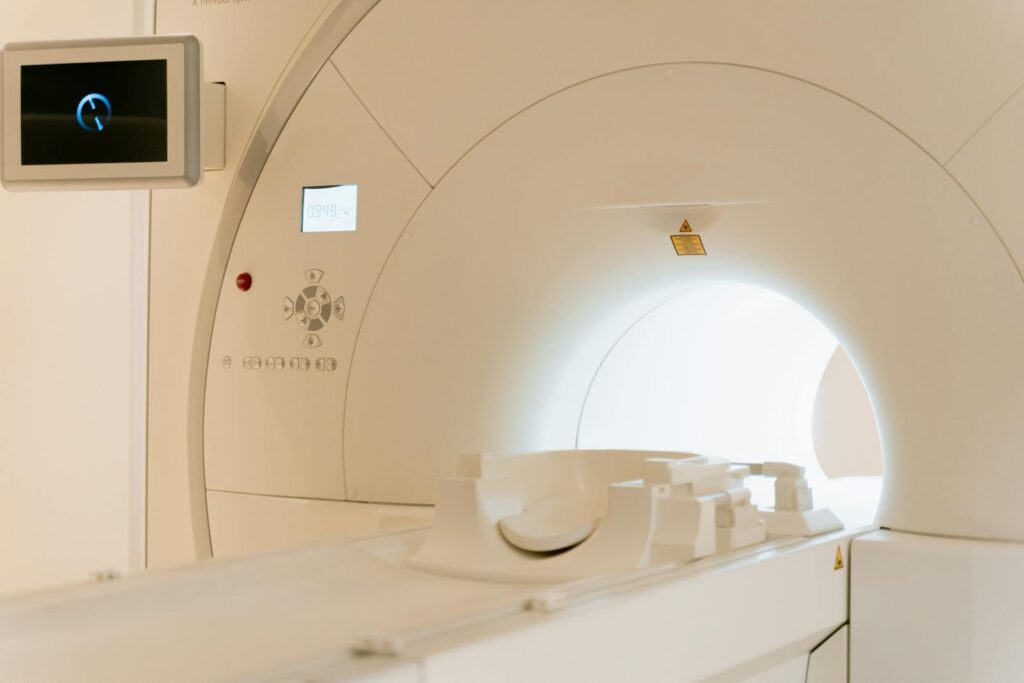
Emerging technologies and interdisciplinary approaches are expanding the frontiers of dinosaur reconstruction, promising more scientifically informed artistic interpretations in the coming decades. Advanced CT scanning and laser surface scanning of fossils now create digital models accurate to sub-millimeter precision, allowing artists to work with exact bone morphology rather than approximations. Computational fluid dynamics and finite element analysis help test hypotheses about movement and capabilities, informing more functionally accurate artistic poses. Biomolecular studies increasingly provide insights into soft tissue preservation, with techniques like immunohistochemistry potentially revealing protein structures that could inform skin and tissue reconstructions. Virtual and augmented reality technologies are creating immersive dinosaur experiences that can be updated as science advances, potentially resolving the problem of outdated museum exhibits. The growing field of paleornithology—the study of ancient birds—continues to provide insights about feather structure, coloration, and display patterns applicable to their dinosaurian relatives. These technological advances don’t eliminate the need for artistic interpretation but rather provide more sophisticated scientific frameworks within which creative decisions can be made.
The Enduring Dialogue Between Art and Science
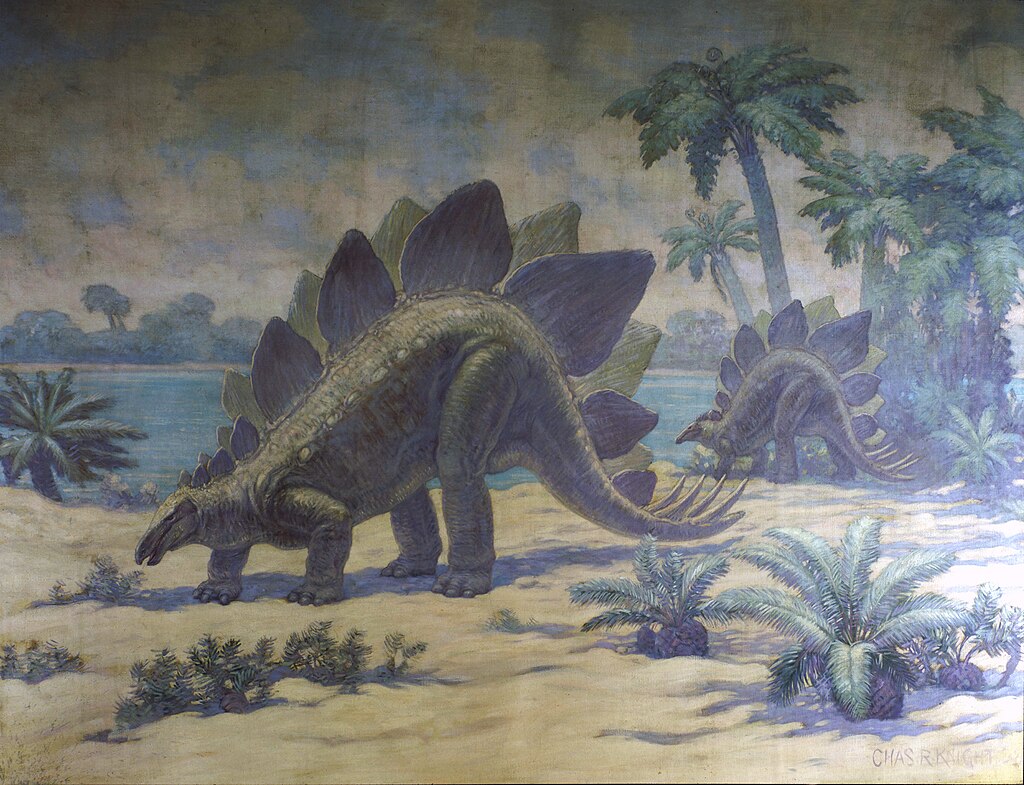
The relationship between paleontological science and dinosaur art represents a profound and productive dialogue rather than a one-way transfer of information. While science provides the essential foundation for responsible reconstruction, artistic visualization often highlights gaps in scientific knowledge and generates new research questions. Many paleontologists acknowledge that seeing artistic reconstructions helps them conceptualize extinct animals as once-living creatures rather than collections of bones, potentially inspiring new hypotheses about function and behavior. The process of creating anatomically plausible reconstructions frequently reveals areas where the fossil evidence is ambiguous or contradictory, prompting closer examination of specimens. This productive tension between what we know and what we can reasonably infer creates a dynamic relationship where art and science continuously inform and challenge each other. The most successful dinosaur reconstructions emerge from collaboration between artists and scientists, combining technical knowledge with aesthetic vision to create images that are both scientifically defensible and emotionally engaging. This ongoing conversation ensures that our visual understanding of dinosaurs continues to evolve alongside our scientific knowledge, maintaining the delicate balance between evidence-based reconstruction and imaginative interpretation.
Conclusion
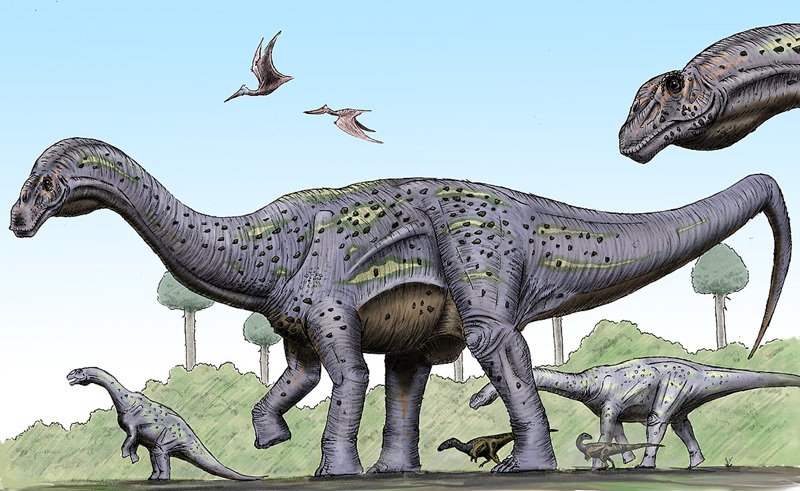
The art of bringing dinosaurs to life visually embodies the beautiful intersection of scientific rigor and creative imagination. As our understanding of these magnificent creatures continues to evolve through new fossil discoveries and analytical techniques, so too must their artistic representations adapt and transform. The most compelling dinosaur art acknowledges the limitations of our knowledge while embracing the responsibility to depict these animals as accurately as current science allows. This balance—honoring the evidence while thoughtfully filling inevitable gaps—creates depictions that are both scientifically valuable and aesthetically powerful. Whether rendered in traditional media or cutting-edge digital formats, dinosaur art at its best reminds us that science and imagination are not opposing forces but complementary approaches to understanding our planet’s extraordinary prehistoric past.



